1. They Eliminate the Need for New Production
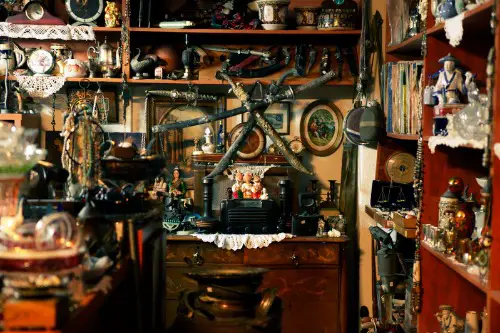
Every antique you bring into your home skips the energy-intensive cycle of modern manufacturing. No factories, shipping containers, or plastic packaging involved—just a piece that already exists and holds its place in the world. By reusing, you reduce. Sustainability starts with what’s already here.
This gives antiques an edge over mass-produced items labeled “eco-friendly” but shipped halfway across the globe. Vintage is circular economy at its most charming. Style doesn’t have to come wrapped in carbon. It already came wrapped in history.
2. They Champion Longevity Over Trend
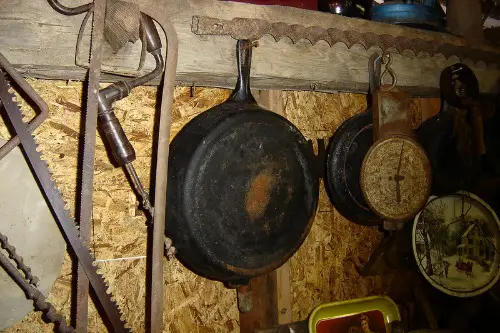
Antiques weren’t built to break in a season—they’ve lasted decades, even centuries, with integrity intact. Materials like hardwood, cast iron, and stone age well, with repairability baked into their design. You’re investing in objects that outlast fads. Durability becomes quiet activism.
Instead of chasing disposable décor, people are gravitating toward lasting presence. In a world of planned obsolescence, antiques hold the line. When form follows survival, it never goes out of style. Resilience becomes radiant.
3. They Offer Low-Impact Craftsmanship
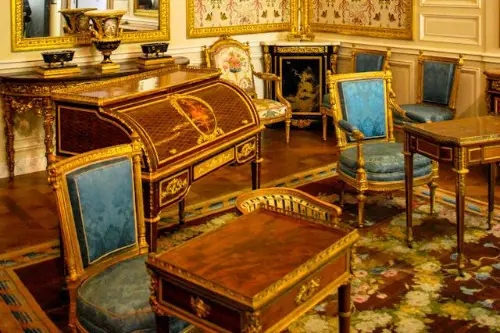
Handmade antique furniture often involved regional materials, human labor, and modest tools—not industrial excess. Each piece carries the fingerprint of a craftsperson, rather than the blueprint of a corporation. You’re sourcing skill, not scale. Authenticity shrinks the footprint.
Even ornate pieces reflect eras of local practice and natural resource mindfulness. These weren’t mass-produced—they were mindfully produced. That difference shows up in both patina and principle. Craft becomes conscience.
4. They Support Local Economies
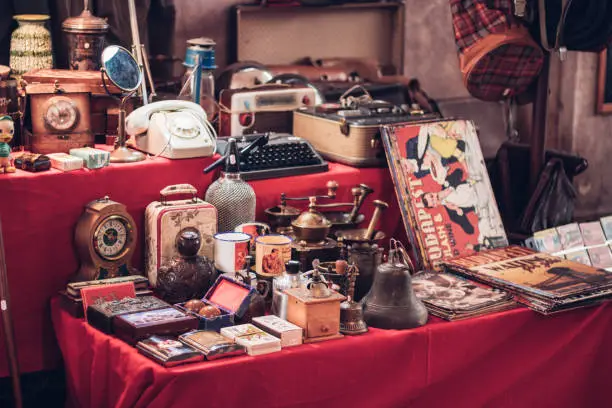
Shopping antique means supporting estate sellers, local dealers, and independent resellers rather than big-box operations. It decentralizes spending and amplifies community culture. Your design choices redistribute value—one armoire at a time. Sustainability turns into story-sharing.
That vase from a neighborhood shop funds passion and preservation. You’re not just decorating—you’re investing in heritage economies. A purchase becomes a partnership. Style strengthens neighborhoods.
5. They Encourage Repair Over Replacement
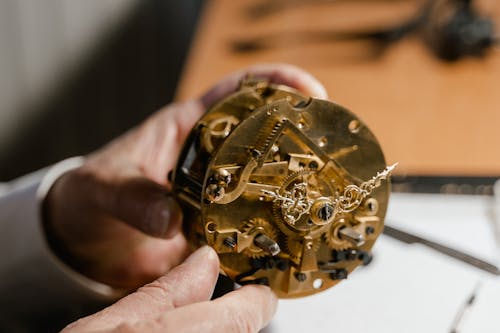
Antiques are often built to be fixed—legs re-glued, locks replaced, fabric reupholstered. This encourages stewardship rather than discard culture. The idea isn’t “when it breaks, replace it”—it’s “when it wears, care for it.” Ownership deepens responsibility.
That mindset reduces landfill waste and reconnects us with maintenance and material longevity. You don’t consume an antique; you collaborate with it. Restoration revives more than objects. It revives respect.
6. They Reduce Synthetic Material Use
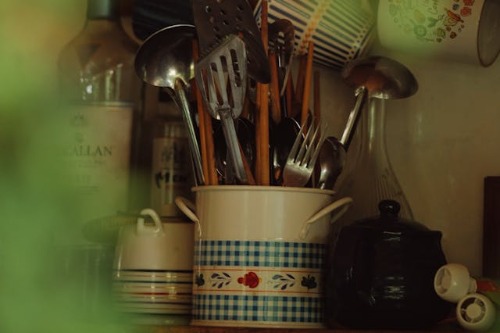
Plastic, composite, and particle board dominate modern interiors—but antiques bring back wood, glass, ceramic, and metal. These natural materials biodegrade more cleanly and often last far longer without chemical additives. It’s less gloss, more grain. Earth remembers real textures.
By choosing antiques, you’re dodging off-gassing and synthetic saturation. You fill your home with organic history, not polymer trends. Authentic materials age with grace. Nature sneaks in through style.
7. They Blend Style With Substance
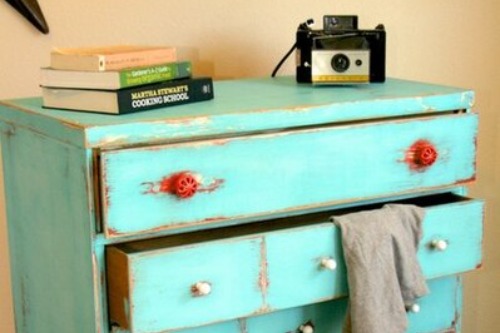
Designers today are using antiques not just as accents—but as foundational pieces. A century-old dresser beside a sleek sofa brings depth, contrast, and cultural complexity. It’s not decorative—it’s dimensional. Style becomes rooted, not reactive.
Antiques slow the visual tempo in rooms flooded with novelty. They offer the rhythm of the real. Beauty carries the weight of memory. Modern design finds its backbone in heritage.
8. They Inspire Thoughtful Consumption
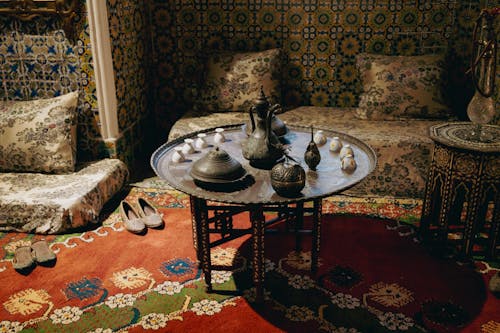
Buying antiques nudges people toward quality over quantity, patience over impulse. It becomes about discovery, not delivery. You seek out treasures, not trends. Shopping starts to resemble storytelling.
This mindset counters hyper-consumerism with curiosity and care. Even your design timeline slows down—and deepens. Objects find you, not the other way around. Meaning meets minimalism.
This post Why Antiques Are Quietly Becoming the Backbone of Sustainable Design was first published on Greenhouse Black.
